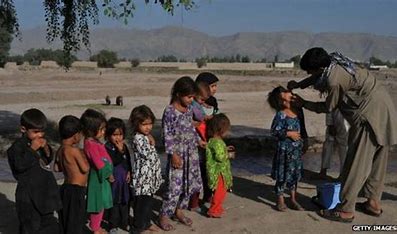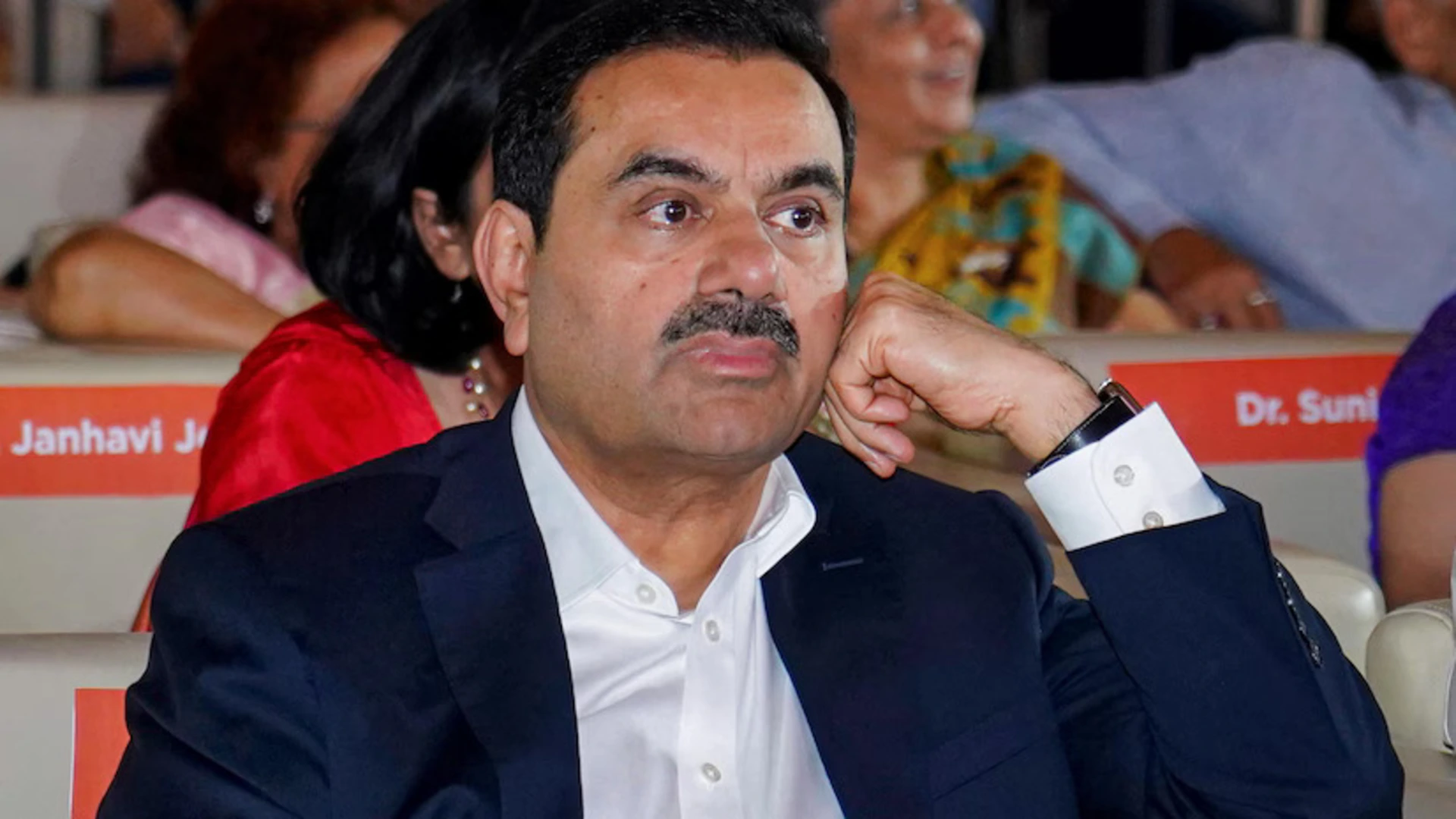
The decline of giraffe population is alarmingly drastic as a result of many factors, including habitat destruction, hunting, urbanization, and climate change-triggered drought. To curb this widespread crisis, the agency proposed to list several species of giraffe under the Endangered Species Act as endangered or threatened-the first time in America that these iconographic African animals might gain federal protection.
The proposal would impact the northern giraffe subspecies, encompassing the West African, Kordofan, and Nubian giraffes. These species had gone into a staggering 77% population collapse since 1985: fewer than 6,000 today, down from access to over 25,000. The U.S. Fish and Wildlife Service proposes that two subspecies in East Africa-the reticulated and Masai giraffes-should be listed as threatened.
The name “endangered” signifies any species that is in immediate danger of extinction, while “threatened” signifies any species that is likely to become endangered within the foreseeable future.
According to Martha Williams, director of the U.S. Fish and Wildlife Service, federal protection would indeed help carry out this purpose: “the protection of the species, biodiversity promotion, healthy ecosystems, and reduction of wildlife trafficking.” “This action supports giraffe conservation while ensuring the United States does not contribute further to their decline,” Williams said.
This could have tremendous consequences on giraffe poaching and trade once formalized. The U.S. has already become a market for parts of giraffes, importing in the last decade close to 40,000 giraffe products. American hunters often travel to Africa to hunt giraffes and bring back their body parts as trophies. If this proposed rule was finalized, a permit would be needed to import body parts. Therefore, it even lessens poaching activity.
In addition to poaching, giraffes are facing increasing pressures from climate change. In many parts of Africa, frequent droughts have devastated crops, killed livestock, and decimated wildlife populations, further threatening the survival of giraffes.
Environmental groups have long urged federal officials to protect giraffes, with some calling for protections as early as 2017. The U.S. Fish and Wildlife Service will now gather public comments on the proposal until February 19, 2025, with the intention of finalizing the rule within the year. This effort is part of broader international efforts to conserve giraffes and ensure their survival in the wild.
The U.S. government’s proposal to offer federal protection for giraffes is an important step in addressing the mounting threats faced by these majestic creatures. With the decline in giraffe populations continuing at an alarming pace, the hope is that these new regulations will help curb illegal trade, foster conservation efforts, and ensure a future for giraffes in the wild.















